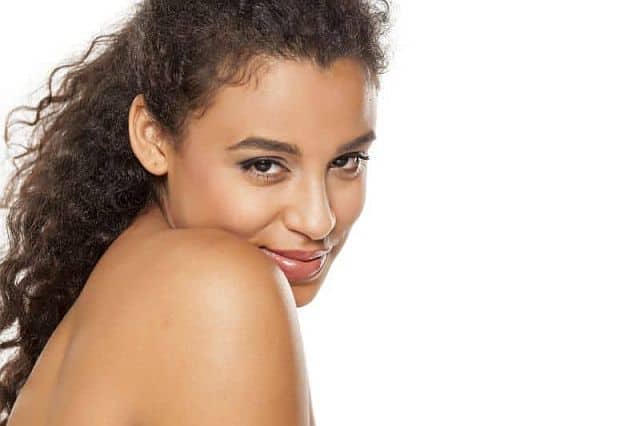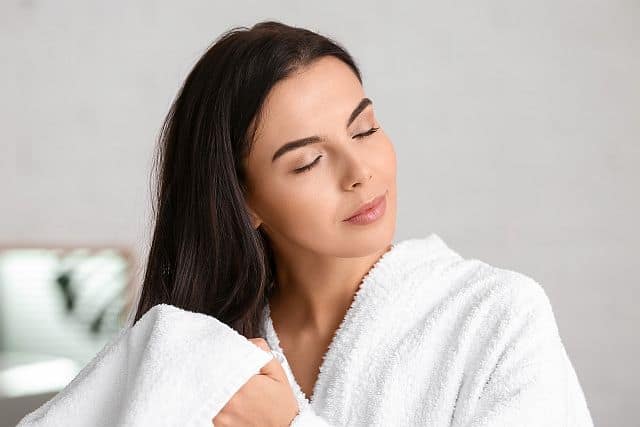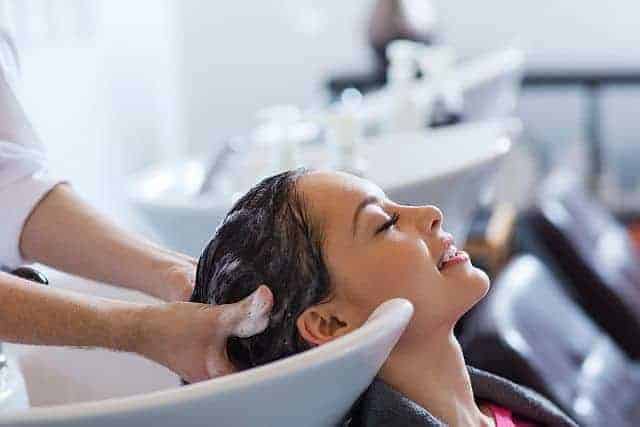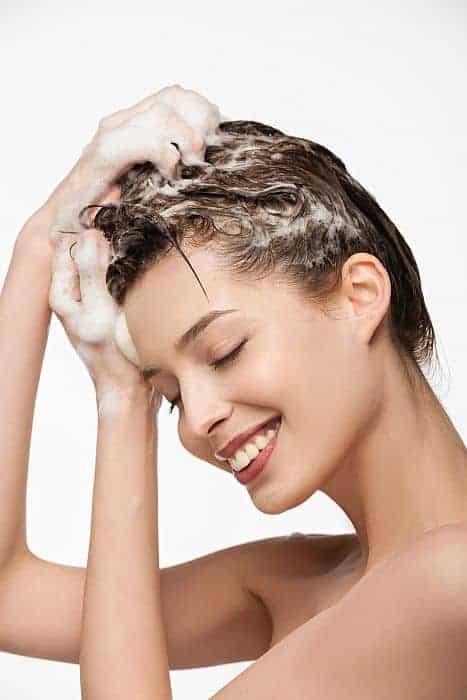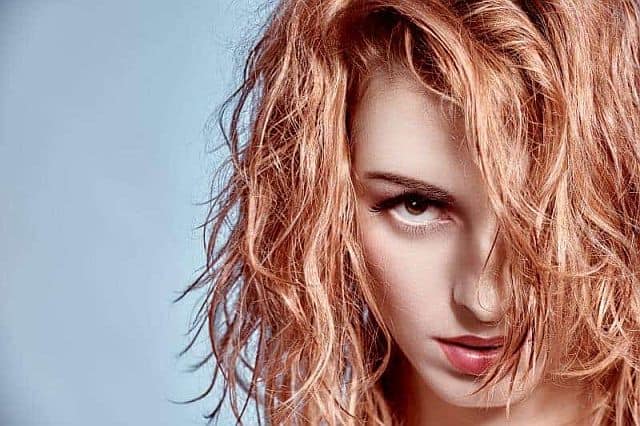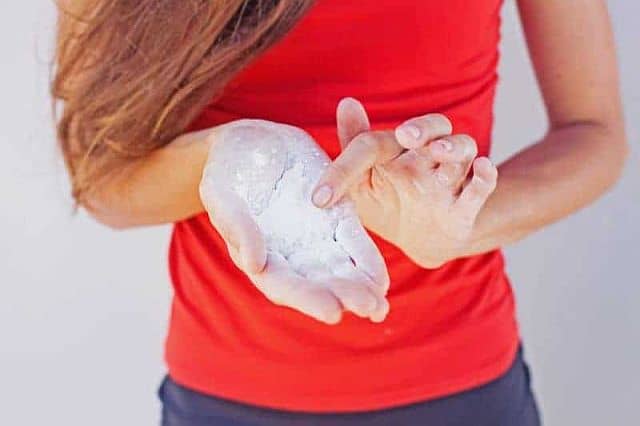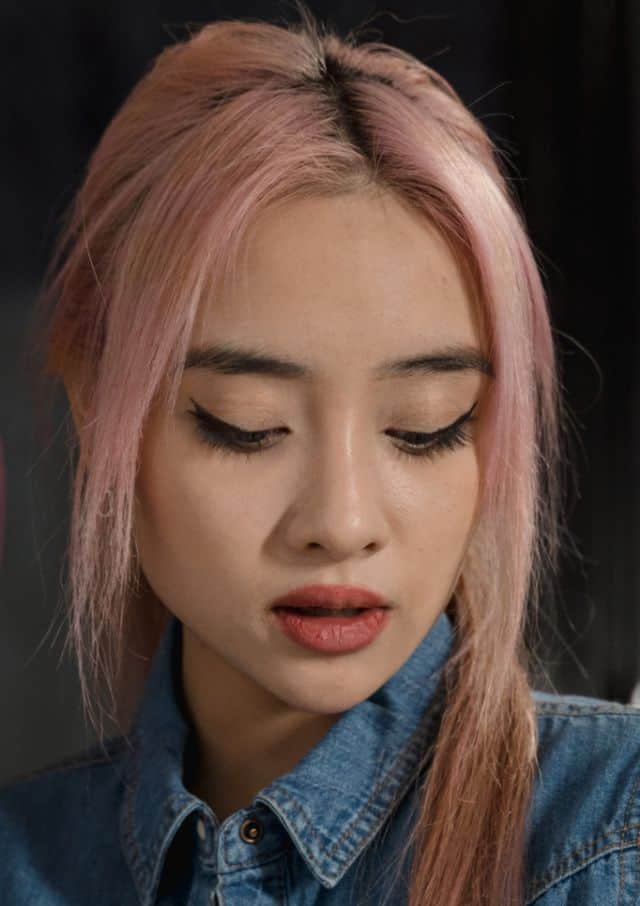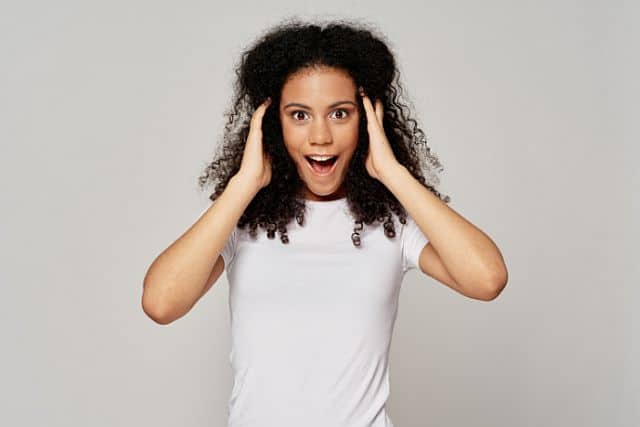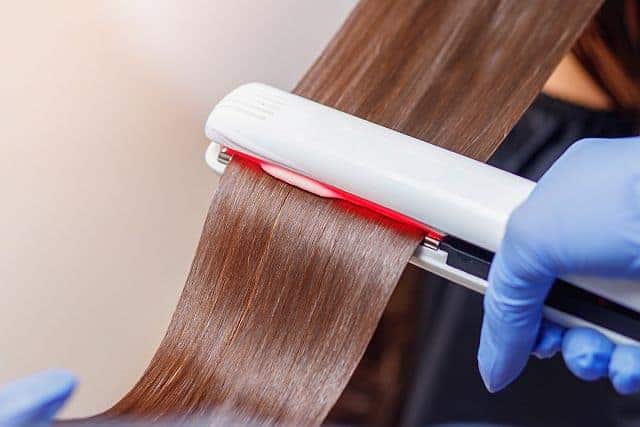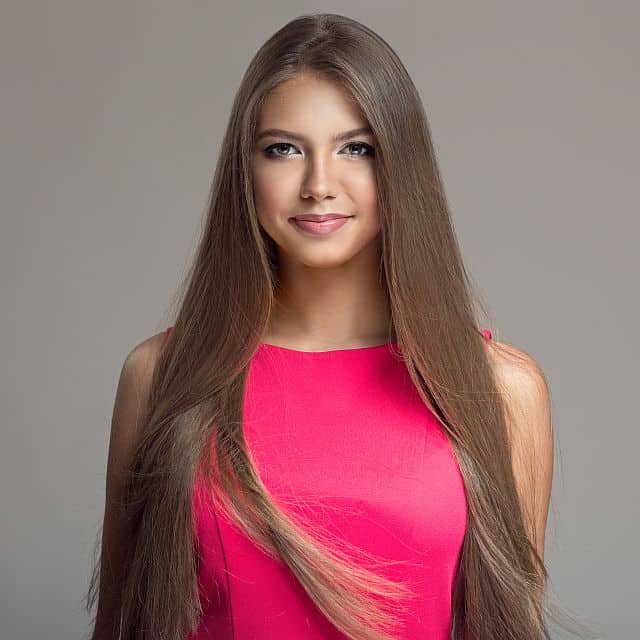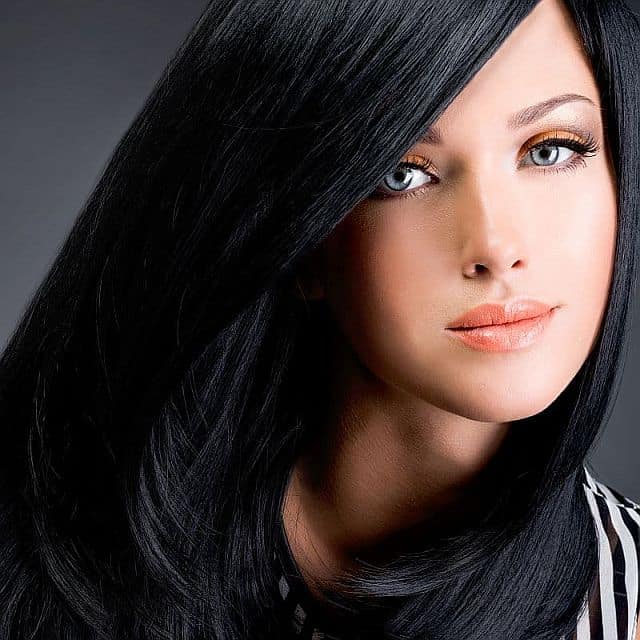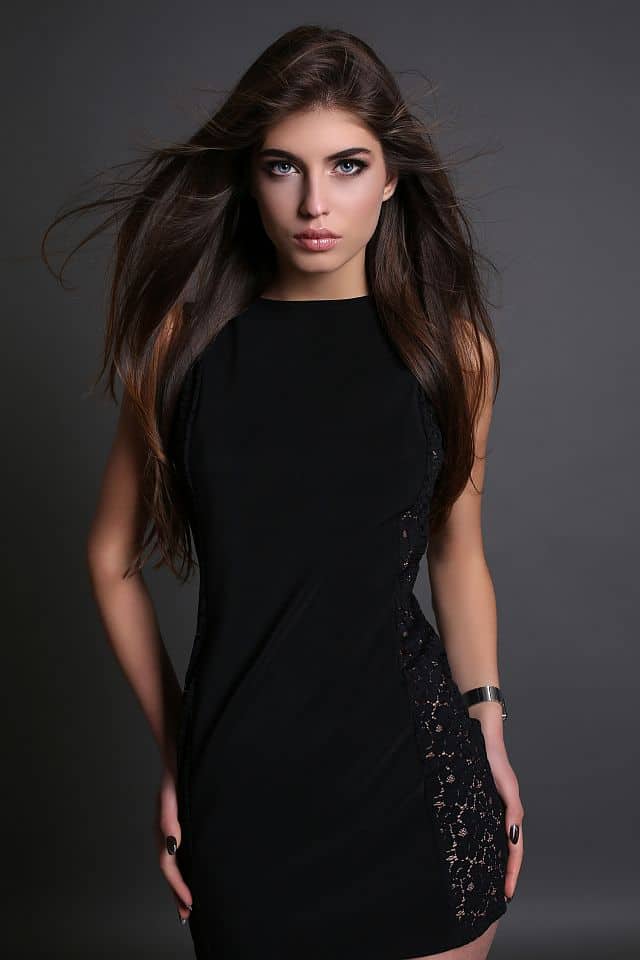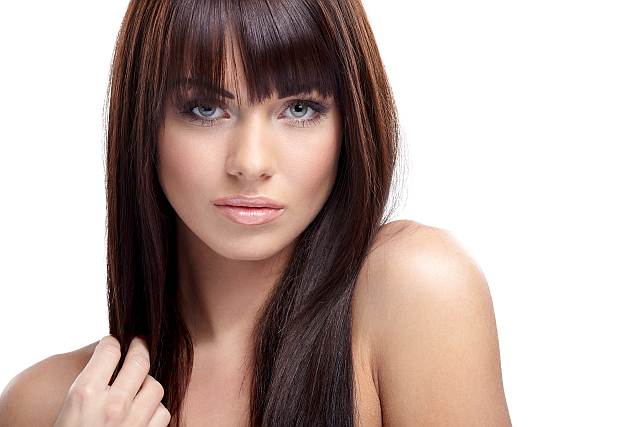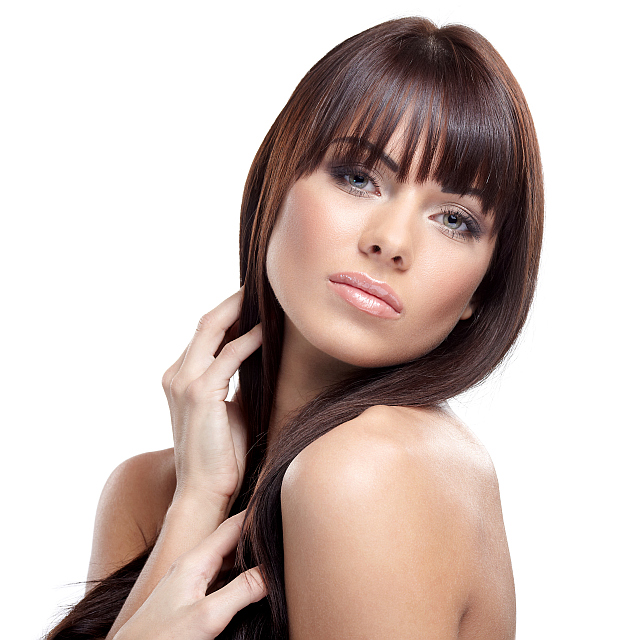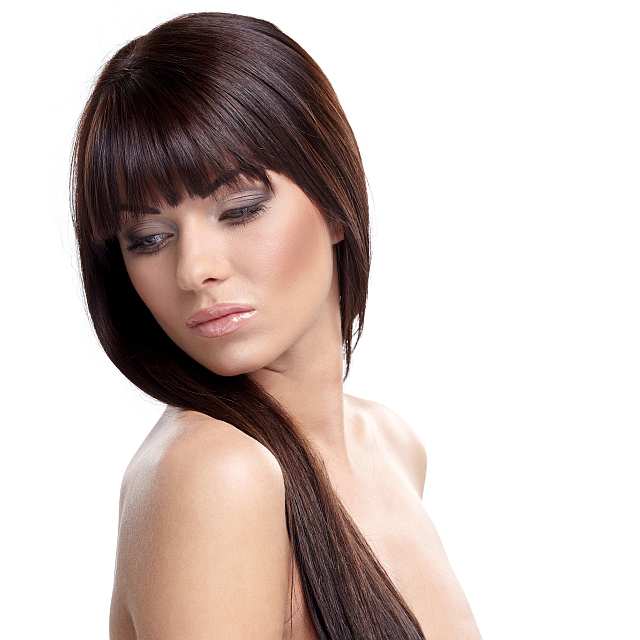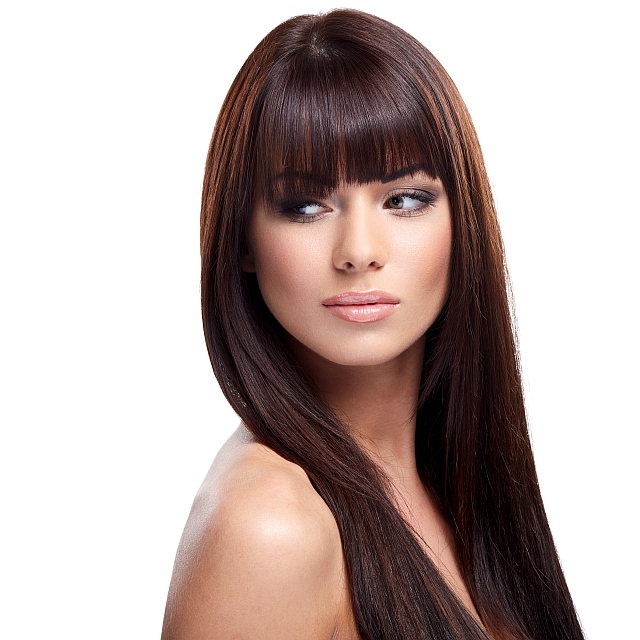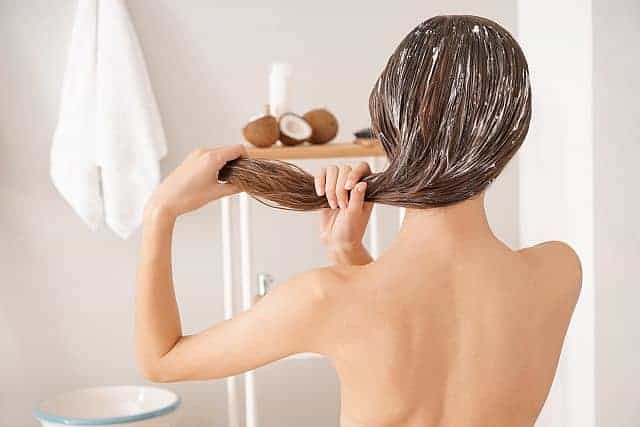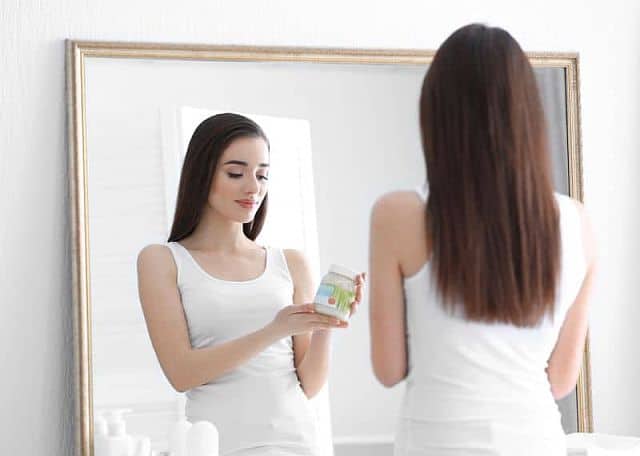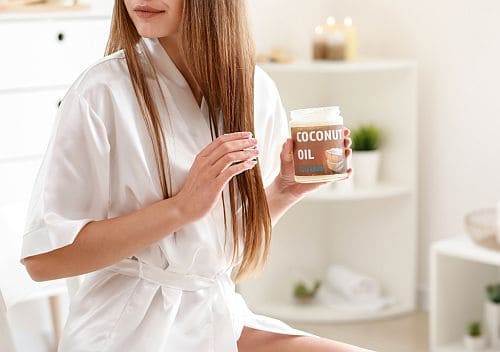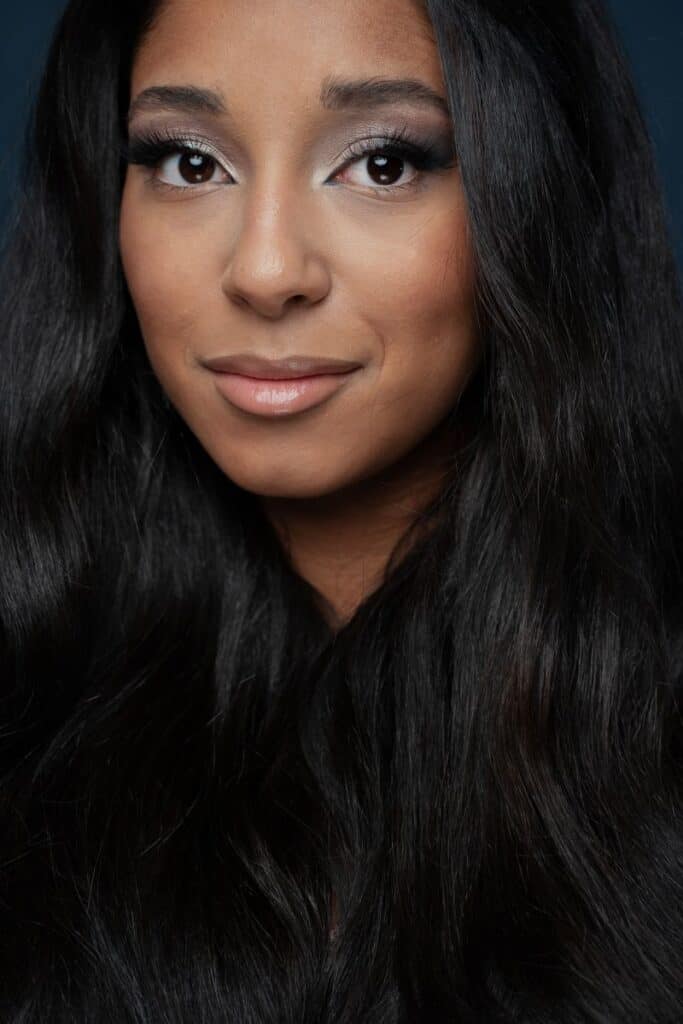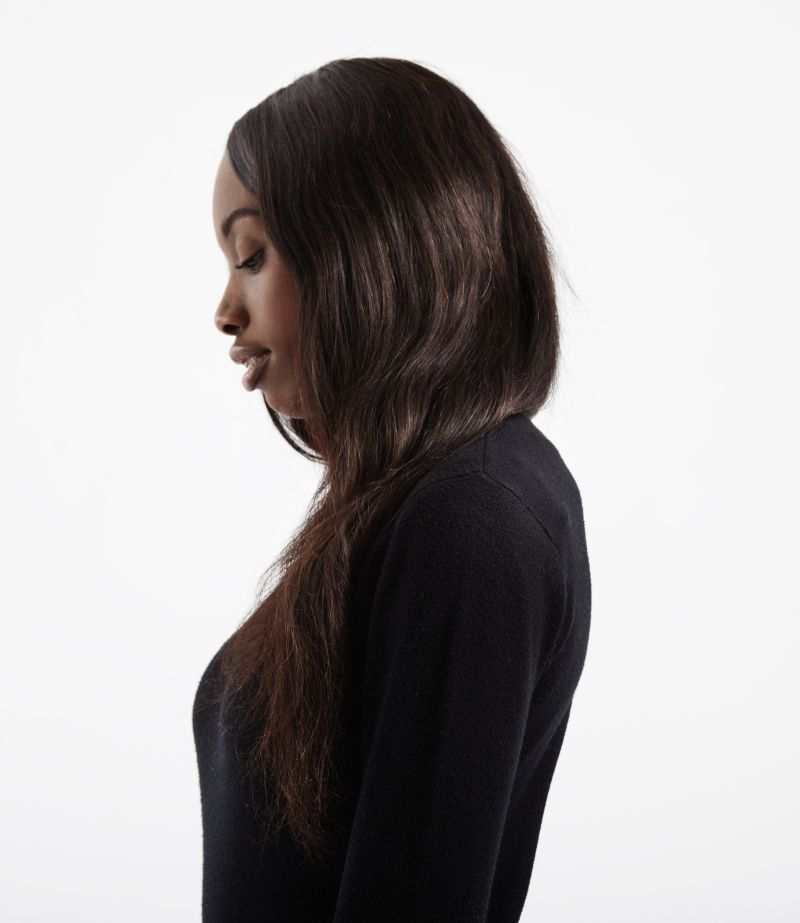Shea butter is a solid fatty oil that is extracted from the nuts of the Karite tree. The shea tree is most common in the western and central regions of Africa. Shea butter has been used in beauty regimens since ancient times. This versatile product has gained popularity in the last decade due to the increased demand for natural and organic products for Afro-textured hair.
Shea butter has a high content of beneficial fatty acids such as oleic, stearic, and linoleic acids. It is also a rich source of vitamin E, which is known as a powerful antioxidant, and Vitamin A which protects the skin against UV damage.
Thanks to its wide array of benefits, Shea butter has many uses. When used topically, this product can protect, moisturize, and heal your skin. It works great when used as a lip balm to keep chapped lips at bay. It also helps heal cuts, and scrapes and reduces wrinkles and stretch marks.
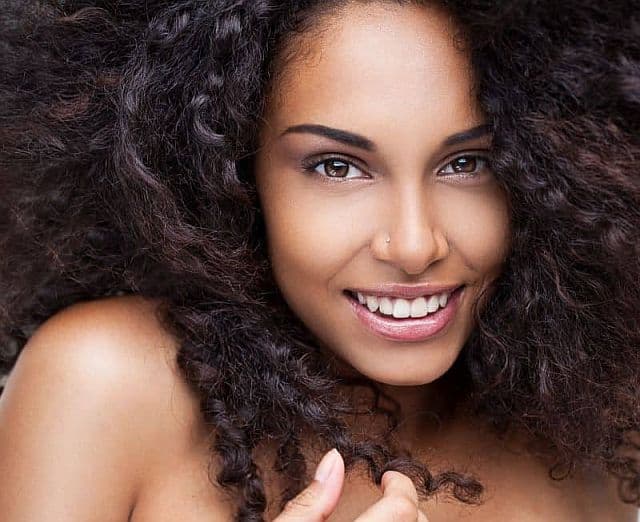
Shea butter is an essential ingredient in chocolates and a vegan-friendly substitute for regular butter. When used as a spread, it makes baked goods wonderfully brown. In many households, it is considered a staple that must be kept in supply.
Those who struggle to protect and maintain healthy hair should consider adding Shea butter to their hair care regimen.
Benefits of Shea Butter for Hair
Unrefined Shea butter is loaded with healthy fatty acids and other phytonutrients that can provide many benefits to your hair and scalp. One of the greatest advantages of using Shea butter as a hair treatment is that it can be used in its most natural form without any further processing. Shea butter nourishes the scalp and hair without exposing your skin to potentially harmful chemicals. Many hair care products include Shea butter as an ingredient, but why not enjoy all benefits that unrefined Shea butter can provide? Here are several of the benefits that may come from the use of Shea butter for the hair and scalp:
1. Keeps moisture in the hair: People with curly and coarse hair textures use Shea butter as an emollient to seal in the moisture and keep it inside their hair. Afro hair is the driest hair type due to its curly texture. Shea butter soothes dryness and has restructuring effects on dry and fragile curly hair. When applied to the strands, it forms an outer protective coating that protects hair from moisture loss. It absorbs quickly without leaving the hair feeling greasy or heavy.
Shea butter acts as a sealant on the hair, not as a moisturizer. That means that moisture must be present so that the Shea butter can seal it in. If the hair is dry, applying Shea butter may result in hardness and dryness. Instead, be sure to wet the hair first. It is best to apply Shea butter directly after washing the hair, while your hair is still damp.
2. Supports hair growth: Studies have found that Shea butter possesses remarkable anti-inflammatory properties. It can penetrate deeply into the skin to help reduce inflammation. It helps restore weakened hair follicles, providing a healthy environment that supports hair growth. When applied to the scalp twice a week Shea butter has been shown to improve overall scalp health.
3. Tames frizzy hair: Dry and coarse hair tends to get frizzy, especially in humid weather. Shea butter coats your strands, creating a thin, non-greasy film. This helps smooth down flyaway hair, reduces frizz, and gives your hair a mirror-like sheen.
The application to the hair is very simple. Just put a tiny amount of the product onto the palm of your hands and rub your hands together until it melts. Then you can easily apply it to your hair.

4. Protect hair from the elements: Prolonged sun exposure can dry out your hair and reduce its natural elasticity and strength. Too much sun can also damage hair follicles and cause hair color to fade. The cinnamic acid found in Shea butter has the capability to absorb some of the harmful ultraviolet radiation. With its natural SPF of 6, it provides mild to moderate protection from sun damage. When applied to the hair before swimming, Shea butter protects your locks from the damaging effects of salt and chlorine. It also acts as a barrier against air pollutants.
5. Soothes scalp irritation: Unrefined Shea butter is loaded with fatty acids and phytonutrients that are needed for healthy hair and scalp. When applied to a dry scalp, it helps replace natural oils lost due to washing hair with harsh, sulfate-based shampoos.
Shea butter has soothing properties that provide relief from annoying scalp conditions such as dandruff, itchy scalp, dermatitis, eczema, and flaking due to dryness.
The product is easily absorbed into the scalp without clogging pores or leaving your hair greasy. Another convenience is that it can be easily washed off afterward.
Rub a quarter-sized amount of Shea butter on your hands and massage it into the scalp and hair. Cover the hair with a plastic shower cap and wrap your head in a towel to lock in the heat. Wait at least one hour before washing or leave overnight to refresh your scalp and keep it free from infections. Shea butter can be mixed with coconut oil and other hair oils to make this scalp treatment even more effective.
While shea butter is quite safe it is not recommended for people who are allergic to nuts.
How to Buy a Quality Shea Butter?
It is important to understand the difference between refined and unrefined Shea butter, as this greatly impacts the benefits received.
For maximum benefits, it is best to choose a natural product over the bleached and de-scented one. Raw or unrefined Shea butter is processed without using chemical solvents and it is preferred over refined one, regardless of intended use. Since unrefined Shea butter has been extracted by pressure, it is not deprived of bioactive nutrients and its natural healing properties. Raw Shea butter has a yellow or ivory color and comes either in blocks or in jars.
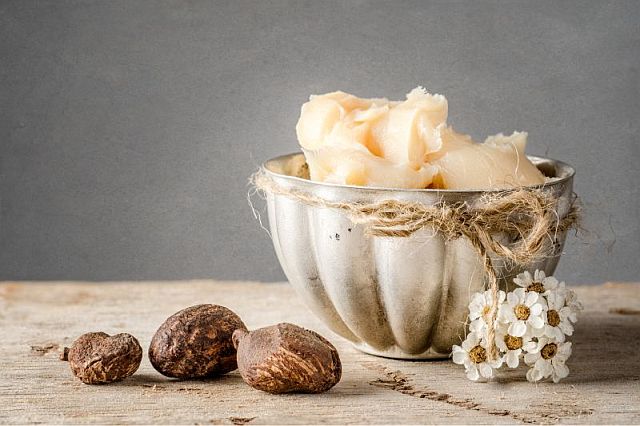
The refined Shea butter has been extracted using high heat and chemicals to make the color and texture more appealing and to eliminate its characteristic smell. The process often involves adding additives, such as perfumes or chemical preservatives to maximize product shelf-life. However, chemical processing affects some beneficial properties of Shea butter. The refining process adds chemicals while removing vitamins, fatty acids, and other bioactive nutrients.
Raw Shea butter has a strong earthy scent that many people find irritating. However, this characteristic smell is actually a sign of a good quality product. The product is categorized into grades labeled from A to F. Class A is the purest form of Shea butter, with a high content of healing ingredients, while class F is pure quality butter that may be also contaminated with harmful ingredients. To ensure that the product has passed proper safety and quality laboratory testing, purchase only certified premium A-grade Shea butter.
To receive all healing benefits, make sure that you use the product before the expiry date. The shelf life of raw Shea butter is about 24 months. Its healing power declines with time, so a very old product is not as beneficial as a fresh one. To avoid it going rancid, it is advisable to buy Shea butter in small quantities.
